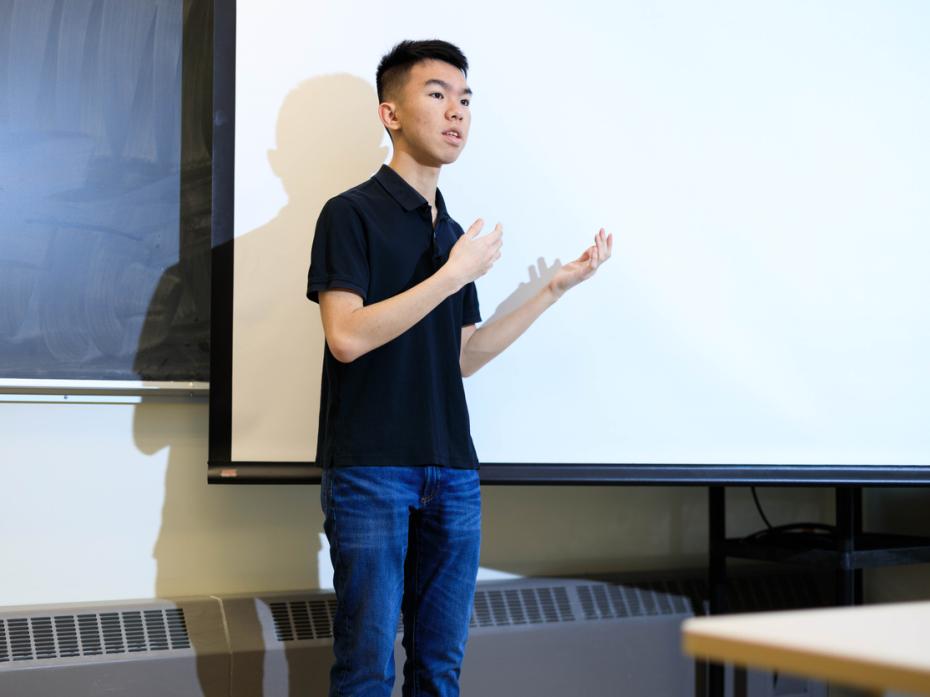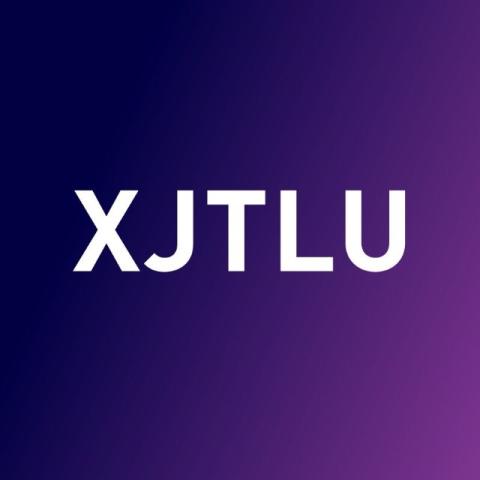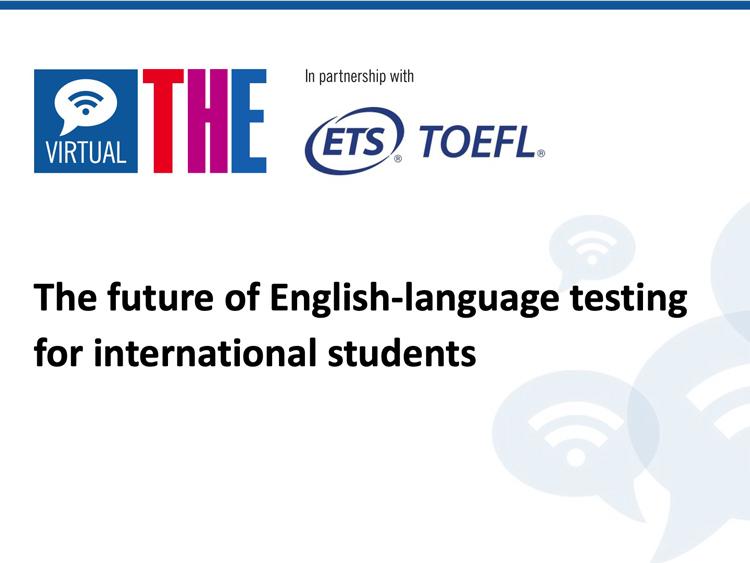
Engaging students through poster presentations: a case study
Presentation delivery is a common assessment method in higher education. Presentations have become more sophisticated in recent years, incorporating multimedia and other functionalities, but the most common type still involves students presenting with slides as visual aids. While running a master’s TESOL module, I’ve found that this traditional type of presentation elicits little engagement among our cohorts of mainly Chinese students.
In my experience, if students are required to watch others’ presentations, they tend to not listen. Presentations arranged outside class hours often feel like they are done for the sake of assessment, and this approach is not feasible for larger student cohorts. It is also difficult for students to get effective feedback. Having students evaluate each other in front of the class might be embarrassing, especially if comments are negative. Although anonymous peer feedback is an option, in my experience, students tend not to engage with it or make superficial comments.
A new assessment strategy
Last academic year, after a discussion with my head of department, I arranged a poster presentation assessment. This required students to work in pairs and design a poster that demonstrated their knowledge of the topic at hand. This assessment aimed to invoke their higher-order thinking skills by having them explore how recent trending topics in TESOL (such as positive psychology, technology and social justice) bring new insights to language assessment practices.
Students needed to submit an electronic poster and an unedited video-recorded presentation accompanying the poster. They then needed to print the posters to be attached to classroom walls/whiteboards during live sessions. The other students and I walked around the room, looking at each poster and asking presenters questions which developed into conversations.
I marked them based on both video presentation quality and live interaction with me. This dual assessment ensured ample time for live interaction as well as accurate marking on full presentation content. For interactions, I assessed their familiarity with the content and ability to handle questions, a skill relevant to the teaching positions most of them would pursue after graduation.
- Resource collection: English as a second language in higher education
- Ways to empower EAP students to give high-quality feedback
- Effective ways to keep online language students motivated
Fostering feedback and long-term impact
To encourage more peer feedback, I made a detailed feedback timetable. There were three presentation sessions in total. I asked the following week’s presenters to fill in feedback sheets for the presenters during each session. This ensured all students gave feedback and received input from four to five pairs in addition to the feedback they received during their presentations. In addition, I required all students to submit a report detailing their interaction with the presenters as part of follow-up coursework, so they knew that participation was tied to assessment as well.
To motivate students and prolong the long-term impact, my department, which hosted an international applied linguistics conference during the semester, offered students the opportunity to be invited to present their posters at the conference. In the end, 12 pairs with the best posters presented their work.
Reflections and further suggestions
This initiative was successful, fostering more communication between students during the poster sessions compared with traditional presentations. Some students also said the sessions were enjoyable, and they learned a lot from each other. Tips to make these kinds of assessments work well:
- Use icebreakers to foster a positive learning culture among students and help them develop higher-order thinking skills
- Prepare detailed assessment guidelines. I provided a two-page document outlining the requirements, including the task prompt, example presentation titles, suggested poster components and logistical details. I also shared two technical guides on video recording and poster making, and some examples of academic posters
- Consider the department’s overall assessment strategies to prevent student fatigue. If every other module required a poster presentation, students would hate it!
- Experiment with variations. Vlogs, booths in public spaces showcasing multimedia student work, talk shows or creative art are some other effective assessment options.
Qingyang Sun is an assistant professor in the applied linguistics department at Xi’an Jiaotong-Liverpool University.
If you would like advice and insight from academics and university staff delivered direct to your inbox each week, sign up for the Campus newsletter.




